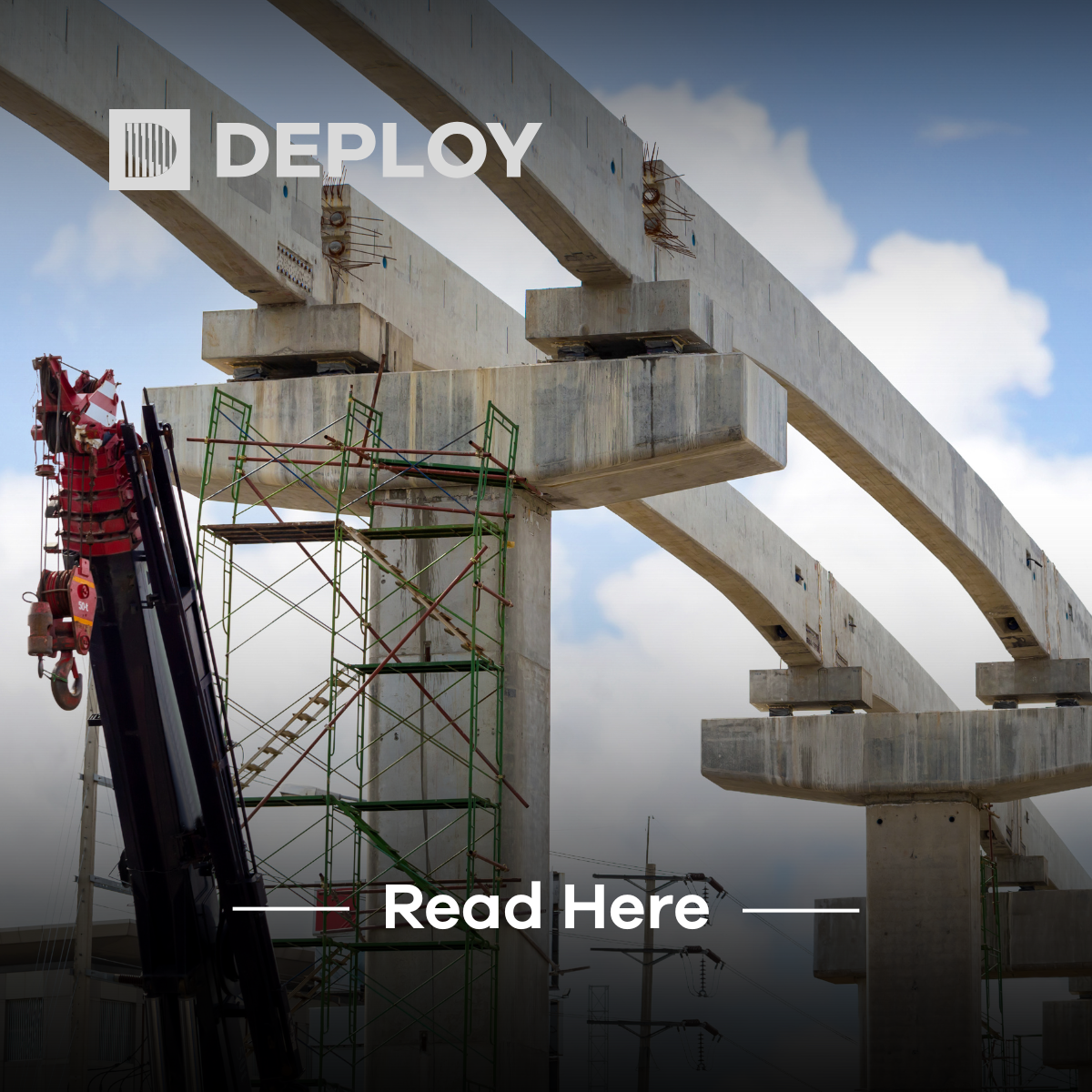Getting On Track: Boosting Talent and Diversity in UK Rail
With over 240,000 employees across the country, the UK rail industry keeps Britain moving. However, a wave of retiring workers combined with rising passenger demand threatens major skills shortages in the coming decade.
If they prioritise diversity and inclusion in hiring, rail companies have a golden opportunity to build resilient talent pipelines for the future. Read on to review the state of UK rail employment and workforce programs aiming to drive positive change.
Experience Abounds, But So Do Gaps
Due to low staff turnover (just 3% annually), nearly two-thirds of rail workers have over 8 years’ of experience. This brings valuable institutional knowledge. On the other hand, such veteran dominance makes the industry vulnerable to mass retirements.
By 2033, up to 50,000 long-tenured employees could leave operational roles as they age out of the workforce. Recruitment alone won’t fill this experience gap quickly enough.
Add in Brexit-related losses of EU nationals (15% of workers today) and rising passenger volumes requiring more staff, and rail employers have major hiring challenges ahead.
Where Are the Women?
Like many industrial fields, UK rail remains dominated by men, who hold 83% of jobs sector-wide. Representation looks even slimmer in higher-paying commercial rail (87%) and critical signalling/design (88%) positions.
However, a few major players are taking steps to balance the scales. Giants like Network Rail, Transport for London, and Southeastern Railway currently employ the most women.
Meanwhile, Southeastern, East Midlands Trains and more are removing gender biases from hiring and targeting ads to attract female applicants for driver roles. Though change is gradual so far, these initiatives set an important precedent.
All Aboard the Inclusivity Train
With expansions to high-speed infrastructure in the works, UK Rail has no choice but to rapidly expand and diversify its workforce pipeline. From entry-level apprentices to senior leaders, employers must seek talented people from all backgrounds.
Industry groups like the Strategic Transport Apprenticeship Taskforce (STAT) aim to broaden rail’s talent pool through training programs. However, true inclusion requires looking beyond skills to embrace wider diversity.
The future of rail relies on each operator working to strengthen their workforce. Only by reflecting the vibrant range of customers they serve can they drive the innovation needed to keep Britain’s network on track for the 21st century.
We’re your strategic delivery partner for diverse talent in the rail industry.






